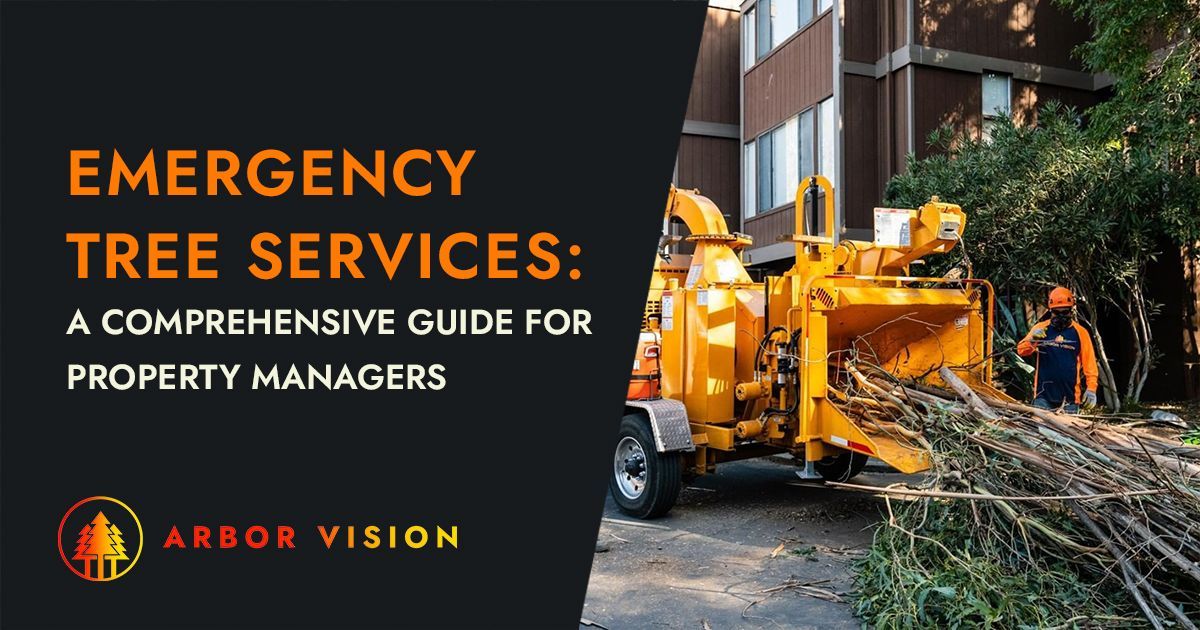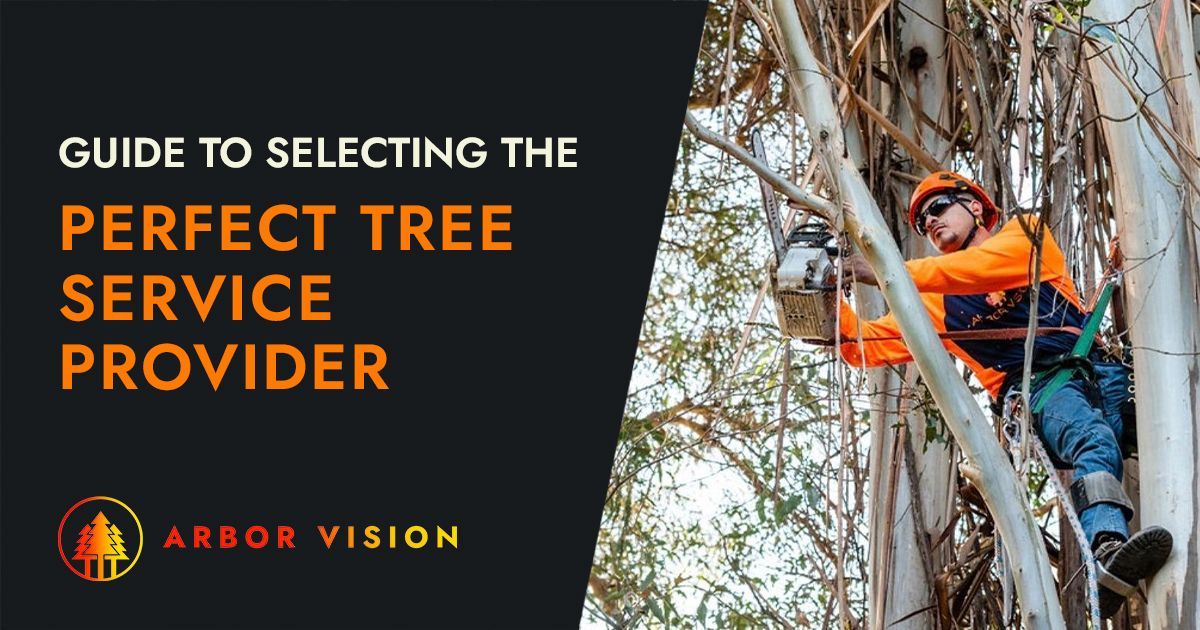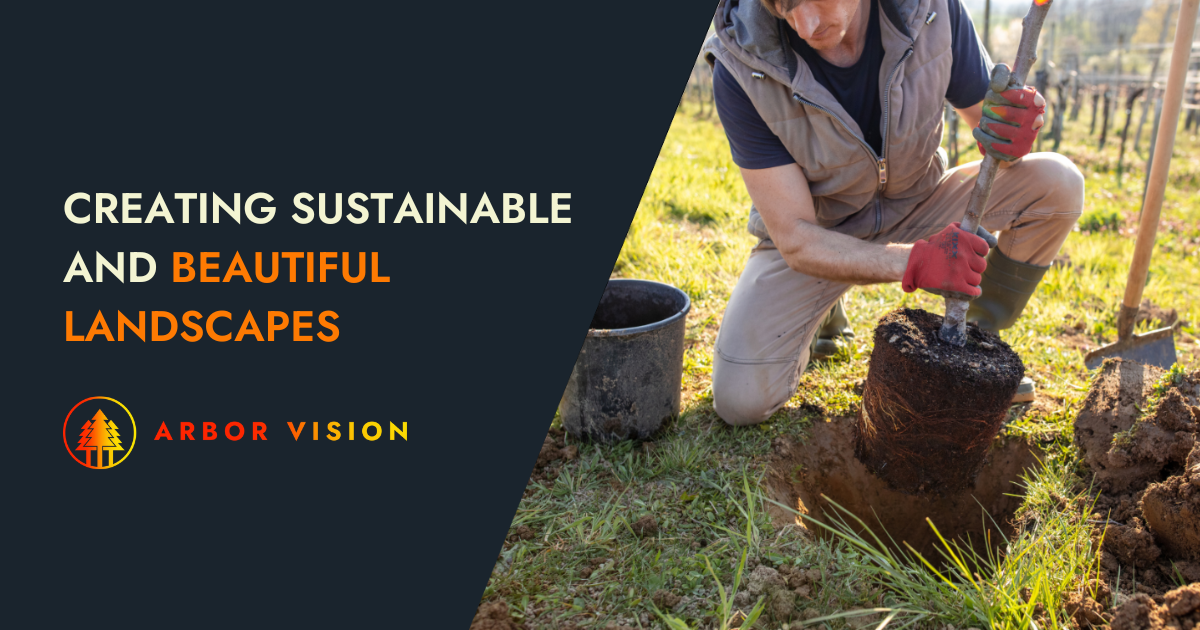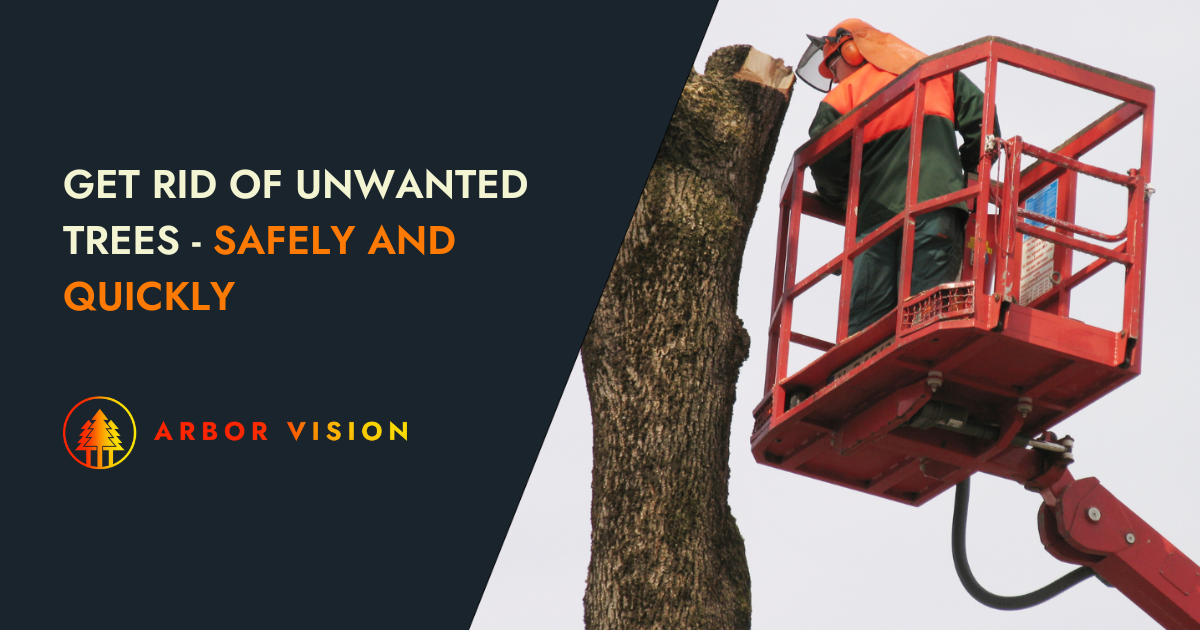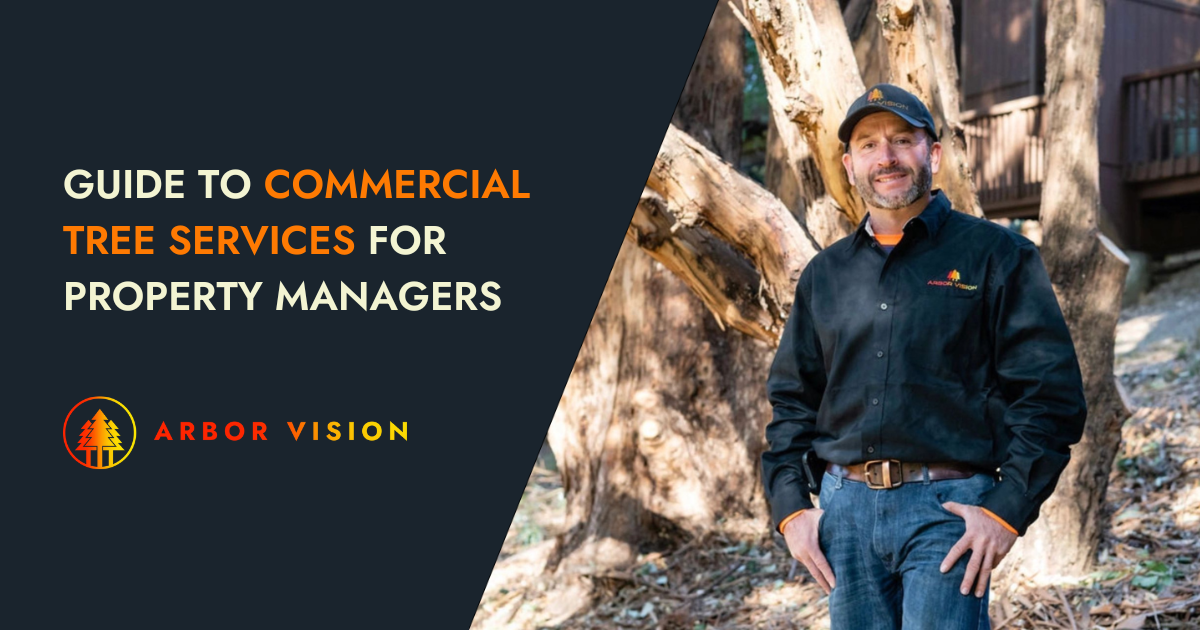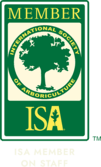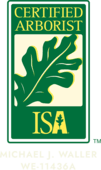
Tree maintenance for commercial properties calls for a keen understanding of tree species, proper care techniques, and the potential hazards diseased trees present. This overview explains the importance of tree maintenance services as part of our
ultimate guide for property managers.
How Property Managers Can Enhance Value and Safety with Tree Maintenance
Types of Tree Maintenance Services
Tree maintenance services cover several different areas of tree care, including:
- Emergency Tree Services: You can't delay tree removal when trees and debris fall on your commercial property. Emergency tree services remove all hazards and ensure you remain compliant with all state and city laws.
- Tree Inspection: Trees are threatened by infestation, disease, and damage that impact their integrity, structure, and health. Regular inspections take a preventative approach to identify issues before severe damage occurs.
- Risk Assessment: An ISA-certified arborist can assess your trees and provide an arborist report to help guide important decisions about your landscape assets.
- Treatments: Treatments prevent disease, pests, and pathogens that infest and kill trees.
- Tree Care: If your trees show signs of disease, tree care diagnosis and treats issues to keep your trees healthy.
- Trimming and Pruning: Trimming and pruning prevent weakness and overgrowth that can cause safety and liability issues and make your commercial property appear neglected.
Pruning and Trimming
Tree pruning and trimming is a science based on tree species, time of year, and tree condition. It is at the heart of tree maintenance, ensuring trees remain healthy and attractive while avoiding infringements on building and property assets, neighboring properties, and utilities. However, knowing how, when, what, and where to trim is critical to tree health.
An arborist inspects the tree to determine its condition, identifies the tree species, and considers its location before deciding how to proceed. From there, they can create a schedule for each tree on your property, ensuring they are cared for properly. Trimming contributes to the overall health and safety of the trees on your property, including:
- Stimulating blossom and fruit production
- Removal of damaged branches and limbs that make the tree more vulnerable to pathogens and pests
- Removal of damaged branches that can fall and cause further damage to other branches
- General aesthetic pruning and trimming to keep trees looking their best
- Removal of diseased branches to reduce the spread of pathogens
- Proper cleaning of trimming and pruning equipment to avoid cross-contamination from tree to tree
Tree Health Assessments
Unfortunately, trees are prone to infestation, disease, or damage that impact their health, structural integrity, and appearance. Regular inspections and tree health assessments spot symptoms so arborists can provide treatment to keep trees healthy and strong. In addition, health assessments throughout a tree's life cycle ensure preventative measures are in place to avoid serious issues.
During a tree assessment, an ISA-certified arborist examines the entire tree to look for signs of vulnerability to disease, as well as existing conditions affecting the tree's overall health, such as:
- Pests
- Bacterial or fungal infestations like Shot Hole Fungus, Fire Blight, or Black Sooty Mold Fungus
- Diseases
- Bark or trunk defects
- Soil issues
With regular checkups, you can take a proactive approach to prevent issues while reducing the risk of the problems spreading within the tree or from tree to tree.
Benefits of Regular Tree Maintenance
There are many benefits of regular tree maintenance for your commercial property, including the following:
- Protecting the property from damage
- Reducing the risk of liabilities related to neighboring property damage and personal injuries
- Helping to maintain concrete surfaces on the property by reducing the risk of tree root infringement
- Improving healthy tree growth to contribute to a thriving canopy
- Ensuring trees add to property values instead of reducing them
- Keeping the property safe for tenants and visitors
- Compliance with local vegetation management laws and regulations
- Reducing landscaping costs by investing in preventative maintenance
- Increasing tree lifespan to avoid the costs of tree removal and planting
- Reducing the risk of spreading disease to the entire community, maintaining a healthier town canopy
- Reducing energy costs by providing shade to your commercial building
- Supporting soil health for the rest of your property landscaping
- Improving water retention for your property landscaping
- Helping to reduce foundation erosion
How Property Managers Can Implement Tree Maintenance
Implementing a tree maintenance plan calls for a property assessment and goal-oriented strategy to protect your property, tenants, and property value. Here's how you can implement a successful tree maintenance plan:
Assessment
Have an arborist assess your trees and categorize them based on the following:
- Immediate Needs: Trees require immediate attention due to severe damage, their impact on your property, and the hazards they present.
- Problems: What trees need work but do not present an immediate threat?
- Routine Maintenance: A schedule for pruning, trimming, and other recommended treatments for all trees on the property based on the species.
These categories ensure trees receive the required care to keep them healthy, attractive, and strong.
General Landscaping Needs
Effective tree maintenance plans consider how your trees impact your overall landscaping. For example, your beautiful lawn or other landscaping assets might die because overgrown trees cast too much shade.
Budget
Your overall property maintenance budget needs a special line dedicated to tree maintenance. Trees can negatively impact almost all aspects of your commercial property, inside and out. From potential roof damage to landscaping deterioration and concrete destruction to broken windows, your tree maintenance budget helps reduce the risk of costly damage down the road.
It's a situation where you can invest more upfront to deal with immediate needs, prioritize problem areas based on their potential risks, and then introduce the routine tree maintenance plan you'll use moving forward. The upfront costs remove damage now, the problem costs remove existing threats, and your maintenance costs prevent costly damage moving forward. You have to spend wisely now to save later.
Your plan should also address all possible liabilities to help justify your spending to property owners. For example, explaining how removing certain trees and replacing them with healthier, less risky trees helps reduce liabilities. You can also show how certain investments are necessary to keep things more manageable in the future. Risk assessments also consider how trees might lead to liabilities related to personal injuries. Pointing out potential insurance and liability issues ensures your budget covers preventative measures to reduce these liabilities.
Accountability is an essential element of tree maintenance for property managers, ensuring all maintenance areas are handled. Your maintenance plan breaks down tree maintenance tasks daily, weekly, monthly, and annually. It also defines responsibilities to ensure nothing gets missed. For example, if you can manage the daily or even weekly tasks yourself to help save money, this must be included in the plan and reflected in your costs.
The Importance of Tree Maintenance for Property Managers
Tree maintenance for property managers cannot be overlooked. An effective tree maintenance plan can save money, prevent liabilities, and increase property values. For more information on commercial tree maintenance, click here to read our Comprehensive Guide to Commercial Tree Services for Property Managers.
Share this page:


